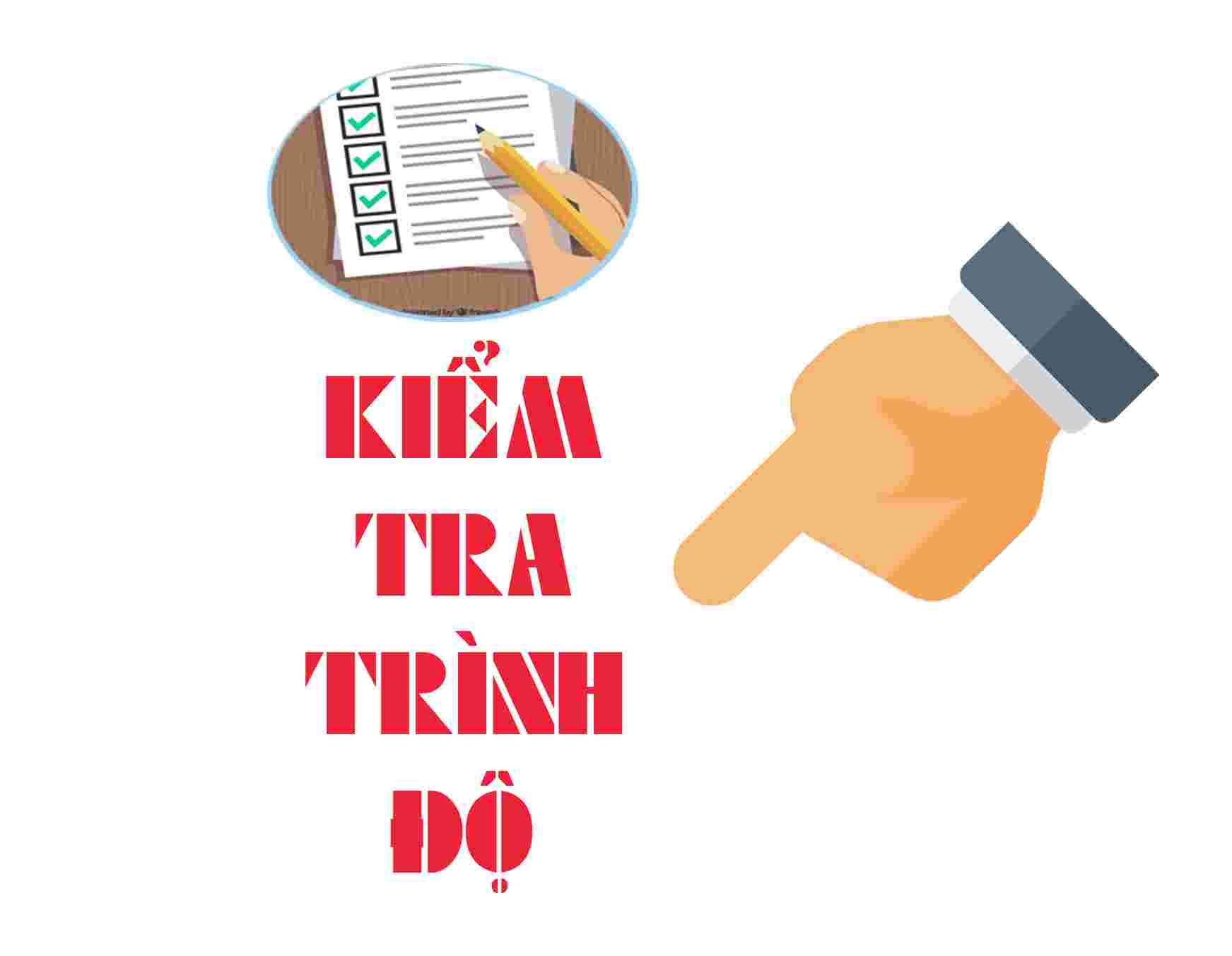6. Matching sentence endings:
Requirement: Combine the first half of a sentence based on the given reading passage with the best option to create a complete sentence.
This question type assesses your ability to:
- Understand the main ideas in a sentence.
- Apply skimming, scanning, and keyword identification skills.
Description: You will be provided with a list of two incomplete sentence halves. Your task is to match them to form a meaningful sentence based on the information in the passage.
Strategy for tackling this question type:
Step 1: Read both lists of statements and endings.
Step 2: Look for keywords or synonyms of keywords in the reading passage, starting from the top.
Step 3: Select the correct answer and cross-check it with the reading passage.
7. Multiple-choice questions:
Requirement: Multiple-choice questions require you to select the correct answer from the given options (A, B, C, or D).
This question type assesses your ability to:
- Scan for information and keywords.
- Understand the deeper meaning in a passage.
Description: The question will present you with a question and a list of answer options. Based on the information in the reading passage, you need to choose the correct answers.
Strategy for tackling this question type:
Step 1: Read the question and options, underline keywords.
Step 2: Scan to identify the position of the keywords in the passage.
Step 3: Read the information before and after the relevant sentence.
Step 4: Select the correct answer.
8. Sentence completion:
Requirement: Sentence completion is considered a challenging question type in IELTS Reading. This type requires you to complete sentences taken from the reading passage.
This question type assesses your ability to:
- Determine the position of specific details or information.
- Apply scanning skills, vocabulary, and grammar.
Description: The task provides you with incomplete sentences, and you need to choose suitable words to fill in the blanks. The information is entirely taken from the reading passage.
Strategy for tackling this question type:
Step 1: Carefully read the task requirements, paying attention to phrases like "ONE WORD/NUMBER ONLY" to ensure the correct number of words required.
Step 2: Identify the type of word needed to fill in the blank.
Step 3: Underline keywords and cross-check them with the passage.
Step 4: Select the correct answer.
9. Short-answer questions:
Requirement: Answer a question with a short and concise answer.
This question type assesses your ability to:
- Identify the position and accurately understand information.
- Use grammar and vocabulary to condense the answer.
Description: The task provides questions and specifies the number of words required for each answer, such as "NO MORE THAN THREE WORDS AND/OR A NUMBER." You need to complete the questions accordingly.
Strategy for tackling this question type:
Step 1: Read the task and identify the number of words required for each answer.
Step 2: Read the question and underline keywords.
Step 3: Cross-reference the keywords to determine the position of the answer in the passage.
Step 4: Condense the information to match the required word count.
10. Summary, Notes, Tables, Flow-chart Completion:
Requirement: Fill in missing information based on the given passage.
This question type assesses your ability to:
- Flexibly use English vocabulary.
- Identify the position and accurately understand information.
Description: You are provided with a summary of a section of the text and are required to complete it with information extracted from the passage. The summary usually covers only a part of the paragraph rather than the entire passage.
Strategy for tackling this question type:
Step 1: Read the question and options, underline keywords.
Step 2: Scan to identify the position of the keywords in the passage.
Step 3: Read the information before and after the relevant sentence.
Step 4: Select the correct answer.







